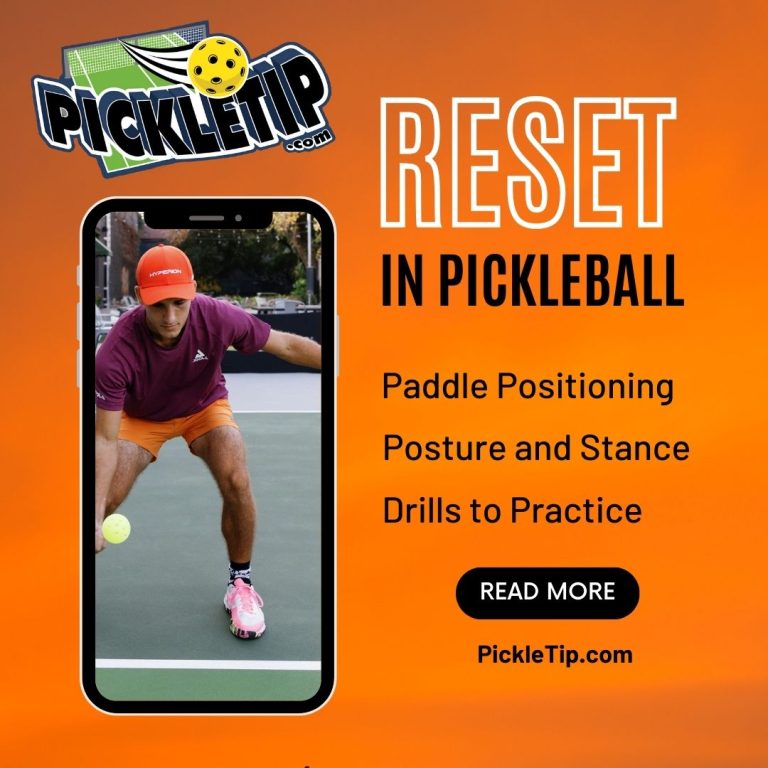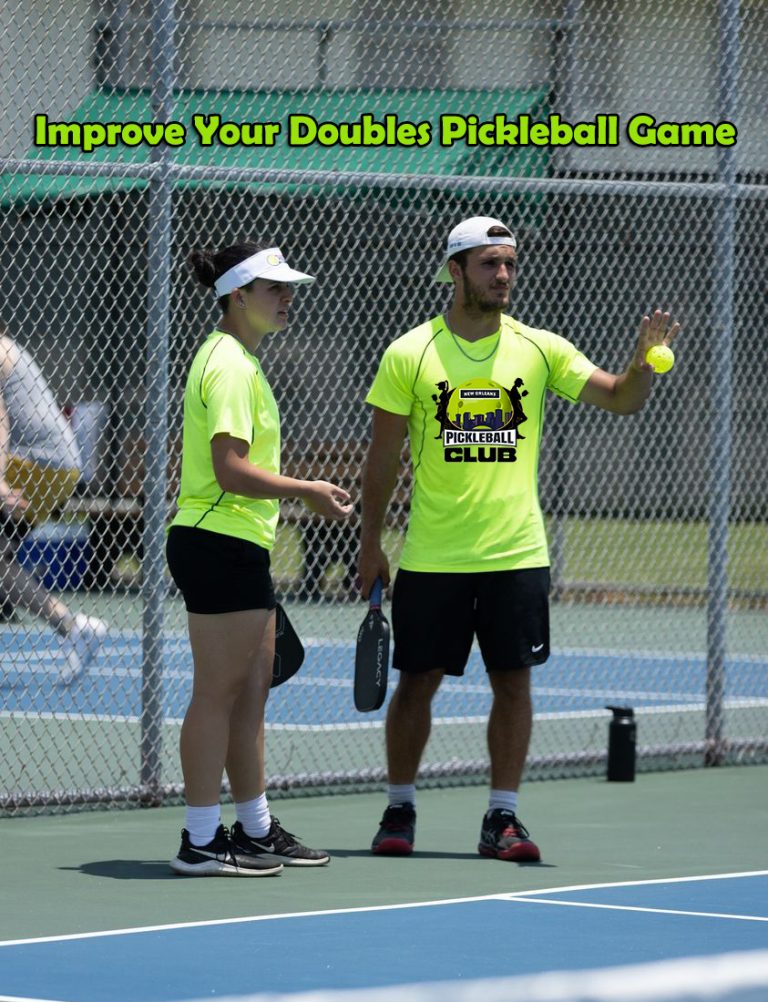Dinking with a Purpose in Pickleball
Dinking with a Purpose: The Key to Success in Pickleball
Understanding the Kitchen and Its Divisions
The kitchen, or the non-volley zone, is divided into three parts: the upper third, middle third, and back third. Dinking with a Purpose involves strategically placing the ball in the back third of the kitchen, near your opponent’s feet, to create mistakes and set up winning shots.
Mastering the Art of the Dink
Keeping the ball low, ideally less than six inches over the net, is crucial to prevent your opponent from attacking. Good footwork and varying your shot placement will keep your opponent off balance and disrupt their rhythm. Strategic dinking involves not dinking to the same spot more than two or three times in a row. This disrupts your opponent’s rhythm and timing. Players should focus on maintaining good footwork. They should be prepared to step back and let the ball bounce higher before playing it. This approach, rather than staying at the kitchen line, helps them maintain control over the point.
Strategies for Applying Pressure
Changing your target and dinking patterns can significantly impact your opponent’s game. By varying your shots and keeping your opponent guessing, you can take them out of their rhythm and gain control of the game. Instead of repeatedly targeting one target, consider going from their forehand to their backhand or inside and outside their feet to keep them off balance. The overall goal is to take your opponents out of their rhythm by changing shot placement and keeping them uncertain about where the next shot will go.
Controlling the Kitchen Line
Changing dinking patterns can prevent opponents from getting too comfortable during a cross-court dinking rally. When you change the dinking pattern, your opponent may not expect it, leading to errors such as hitting the ball into the net. Adjusting to your opponent’s skill level is crucial, and occasionally hitting the ball down the line instead of cross-court can put your partner in a position to succeed. However, be mindful of the potential risk of being vulnerable to an “Erne“. It’s important to maintain a good position at the non-volley zone line, especially when handling third shots after a return.
Reading Your Opponent and Adaptability
Pay attention to your opponent’s strengths and weaknesses. If they struggle with backhand dinks, aim for that side more often. Watch for patterns in your opponent’s play. If they tend to hit cross-court dinks, anticipate and prepare for that shot. Be prepared to adapt your strategy based on the situation. If your opponent starts reading your dinks, change up your placement or add spin to keep them off balance. Practice different types of dinks (e.g., cross-court, down the line, middle) so you can use them effectively in a match.
Communication with Partner in Doubles
In doubles, communication with your partner is key. Make sure you are both on the same page regarding the strategy and target areas. Develop signals or cues to indicate when one of you will take the shot or change the pattern.
Dinking with a Purpose: More Than Just a Shot
Dinking with a Purpose is not just about hitting the ball over the net. It’s about strategically placing the ball to create movement for your opponent, forcing them to adjust their position and potentially make mistakes. This approach, is what separates good players from great players. Every ball hit in pickleball should have a purpose, and even during warm-ups, players should aim to move their opponents around and vary their shots. Purposeful dinking differs from regular dinking in that each dink shot should be more challenging for the opponent, using topspin, slice, and varying the placement of the ball.
Techniques and Tips for Effective Dinking
When dinking, it’s important to aim for your opponent’s feet, as this can force them to backpedal, short hop the ball, or reach down to take it out of the air. Adding topspin to your dinks can make them more aggressive and cause the ball to dip lower over the net. However, be careful not to overdo the topspin, as this can cause the ball to pop up. If your opponent is hitting aggressive dinks at you, try to take the ball out of the air and reset it, or pivot back to create more space and hit a backhand or forehand, depending on which foot the ball is coming toward. Remember to use the Continental grip for versatility in dinking, and maintain a consistent and a compact swing path while leading with your shoulder. Using your legs and bending your knees while keeping your back straight will help with better positioning and balance. Finally, ensure that your dinks do not land beyond the non-volley zone, as this can give your opponent an opportunity to attack the ball.
Dinking with a Purpose
Remember, Dinking with a Purpose is not just a technique; it’s a mindset. By incorporating these strategies and techniques into your game, you will be well on your way to mastering the art of pickleball and becoming a formidable opponent on the court.







